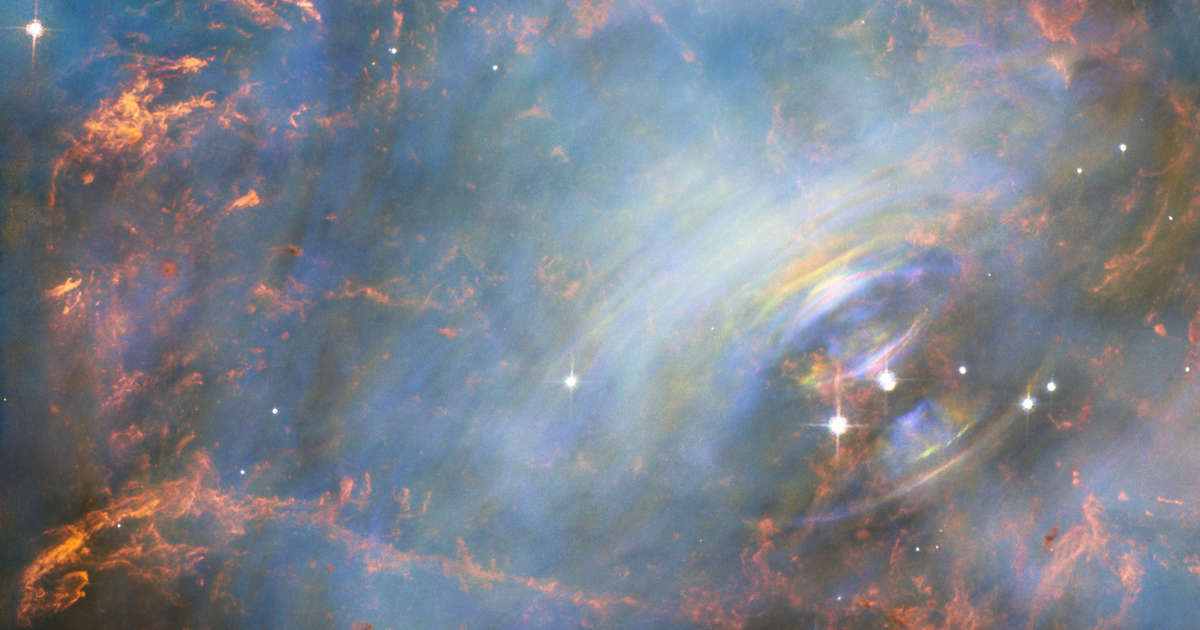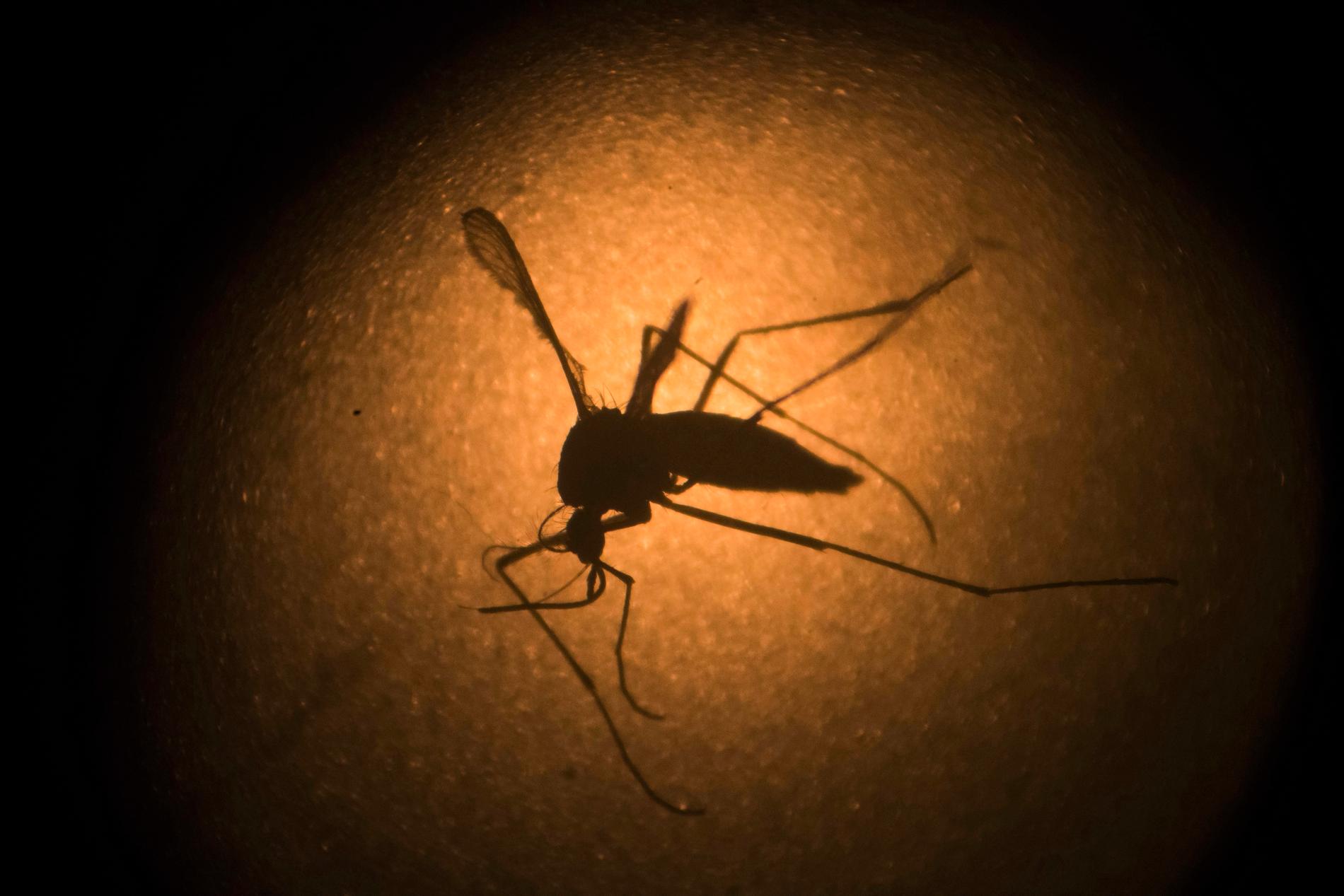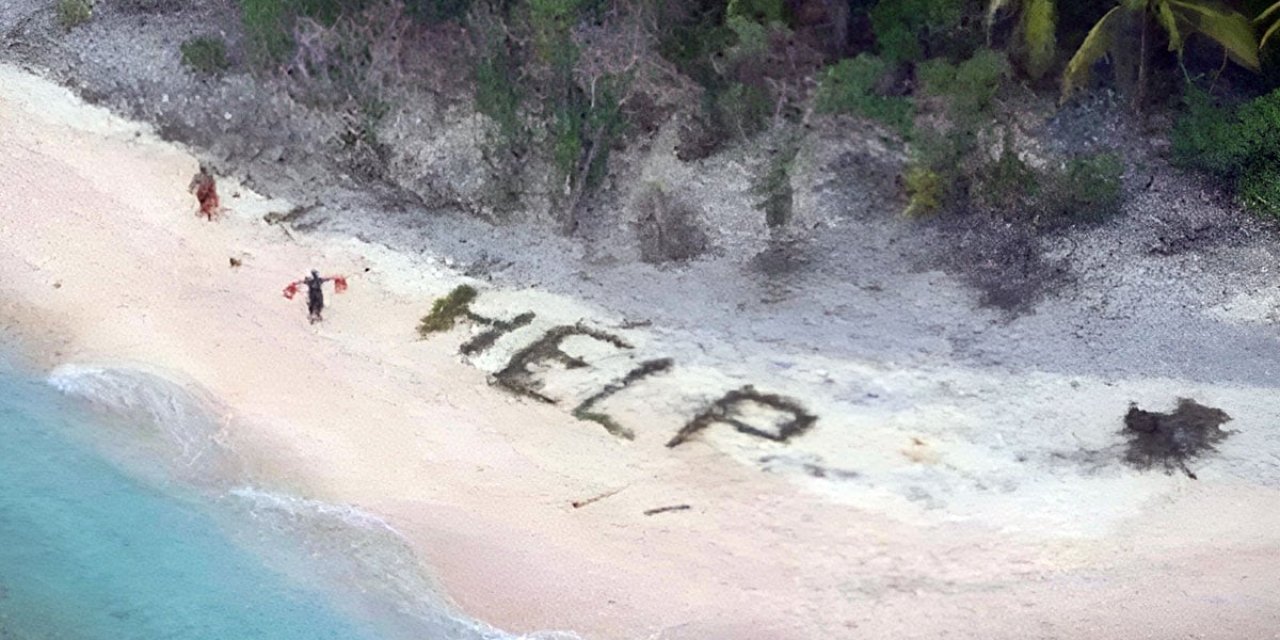#rat #huge #penis #embarrasses #science
Image Frontiersin.org
The rat is not the product of a laboratory experiment, but generated by the artificially intelligent drawing program Midjourney. That also explains why the picture is full of learned-looking gibberish, such as ‘testtom cells’ and ‘iolotte serotgomar cell’. Later in the article there are two more hallucinatory pictures, including a completely inimitable diagram full of non-existent processes and proteins. The trade magazine quickly deleted the article.
This shows that scientific literature is not immune to AI fabrications, Dutch scientific integrity researcher Elisabeth Bik complains on her weblog. ‘You can laugh about it, of course, but if these kinds of distorted illustrations pass scientific scrutiny so easily, more realistic-looking AI images have probably already infiltrated the professional literature.’
Over by author
Maarten Keulemans is a science editor at de Volkskrant, specializing in microlife, climate, archeology and genetic engineering. He was named journalist of the year for his corona reporting.
‘Very dangerous’, professor of cell biology Marie-José Goumans (LUMC) also thinks the affair is. “This means that as a reviewer you have to check even more carefully whether everything is correct,” says Goumans, referring to the system of ‘peer review’ in which scientists check each other’s work.
The riot arose after the publication of an ‘ordinary’ scientific review article by three Chinese authors about the so-called PAK/STAT signaling pathway, an important chain reaction of chemical signals in the cell. The article, in the journal Frontiers in Cell and Developmental Biology, neatly reports that the images were made with Midjourney.
But the fact that Midjourney then came up with the rat with giant genitals, bowls of blue ‘star cells’ that are scooped up with a dessert spoon and, later, a kind of cellular pancake with the unlikely word ‘immouminomuduodiuilatiuciaton’ on it – that was apparently missed.
Not mustache
According to publisher Frontiers Media, one of those two reviewers, an American and an Indian, did indeed express ‘concerns’ about the pictures and requested adjustments. “The authors did not comply with those requests,” Frontiers Media said in a statement. “We are investigating how our processes have failed to respond to authors’ lack of compliance with reviewers’ requirements.”
The Frontiers magazines have a different assessment, notes Goumans, who himself assessed several articles for the publisher in the past. ‘Normally you receive an article for assessment and you indicate whether it is satisfactory or cannot be published in its current form. But if you reject an article at the Frontiers magazines, they will look for someone else. Well, then you get this kind of nonsense.’
Complicated and impossible to understand
According to the Frontiers guidelines, it is not prohibited to use AI to draw pictures, provided the authors indicate so and the content is correct. Goumans is also not against the use of AI in advance. ‘You can make something more beautiful or clearer. But you must make the original source available. Then everyone can imitate it. This picture is of course too bizarre for words.’
Paleontologist Melanie During, one of the hundreds of scientists who were amazed by the images, noticed something different. “What bothers me most is that AI apparently thinks science should look complicated and impossible to understand,” she notes.
Lead Chinese author Dingjun Hao did not respond to requests for further explanation.
Learned nonsense diagram from the retracted article.Image Frontiersin.org











:quality(85)/cloudfront-us-east-1.images.arcpublishing.com/infobae/35LO64PVXZFL3HAIJOCAOFBUDY.png)
:watermark(https://f.pmo.ee//logos/4132/d583334e07b643b158b745b655f05032.png,-2p,-2p,0,18,none):format(webp)/nginx/o/2024/05/05/16051175t1h6599.jpg)